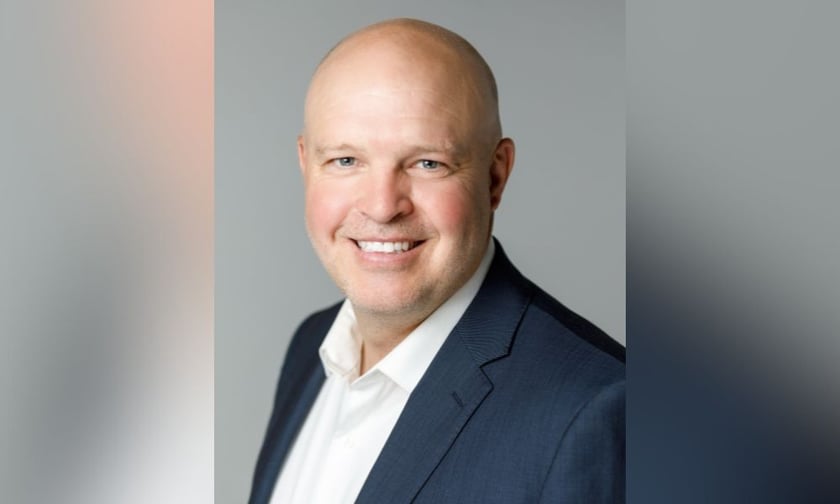

It’s been 20 months since the regulatory framework enabling captive insurance companies in Alberta took effect. Among the pioneers in setting up the first captives in the province was NFP Canada, and here captive management vice president Sam Jackson (pictured) tells Insurance Business about the important market change.
How has the reception been to captive insurance in Alberta?
There has been a positive response to the captive’s legislation. Since its introduction to Alberta in 2022, over a dozen businesses have established captive insurance companies within the province. We’re seeing a growing interest from others in exploring how this kind of initiative can complement their risk management and risk financing strategies.
Although Alberta’s regulatory authorities are relatively new to overseeing captive insurance, they have shown a willingness to work collaboratively with captive managers and applicants and are tailoring their approach to meet the unique requirements of each entity.
In your view, when is captive insurance a better option for businesses?
Captive insurance should be viewed as a strategic option within a company’s risk management toolkit, rather than a superior alternative to traditional insurance methods. To ensure that captive insurance serves as a beneficial tool for a company, certain prerequisites must be met.
One condition is the business must have an adequate pool of risk to justify the cost of managing and operating a captive insurance company. These costs include, but are not limited to, audit fees, actuarial services, management, and licensing expenses, all essential for maintaining a regulated entity.
Another requirement is the company must be committed to reducing the severity and frequency of incidents, through strong safety and management practices. Sufficient capital is a must too. This capital ensures the captive meets all financial requirements, providing a solid foundation for its operations.
There are other reasons a company may want to set up a captive, such as difficulty finding a suitable insurer to cover a particular business risk; better or more affordable coverage for the parent company’s specific risks; relying less on commercial insurance; saving money on risk management in the long run; and the ability to stabilize premium expenses.
In the oil & gas industry where there’s been an ongoing fight between insurers and climate activists, how has captive insurance played a part?
Securing insurance capacity for the oil & gas industry has emerged as a significant challenge. This trend is partly due to some insurers withdrawing from the sector, influenced by shifting public perceptions. In this evolving landscape, the adoption of captive insurance provides companies with a way to manage their risks by facilitating direct access to the reinsurance market.
How crucial is the role of a captive manager?
Having a knowledgeable captive manager is essential for companies looking to derive maximum benefit from their captive insurance arrangements while minimizing operational challenges associated with regulatory compliance.
A good captive manager not only assists in efficiently managing financial risks but also helps in gradually reducing reliance on the commercial insurance market. Their expertise and relationships with local regulators are invaluable in navigating the captive insurance landscape effectively.
What do you think about this story? Share your thoughts in the comments below.
